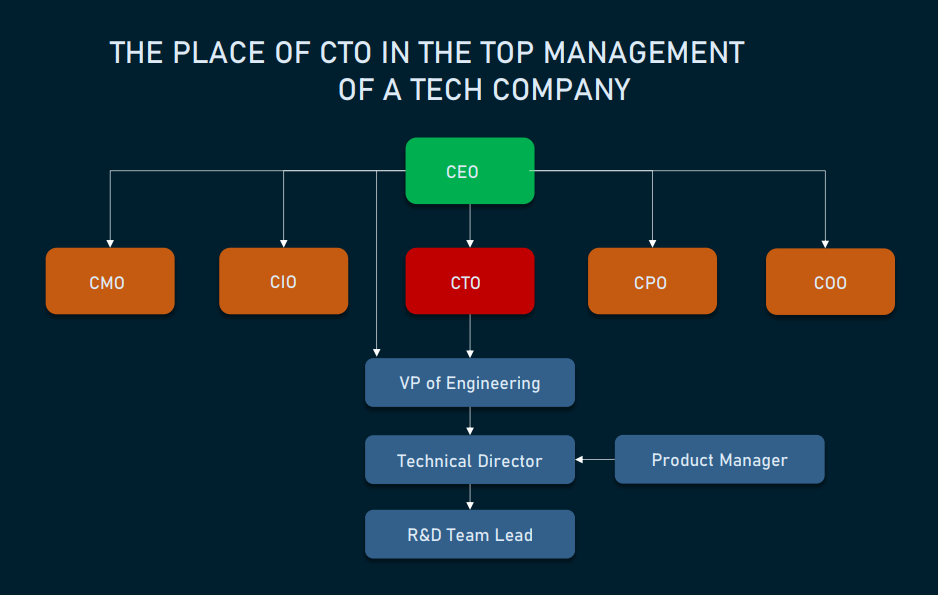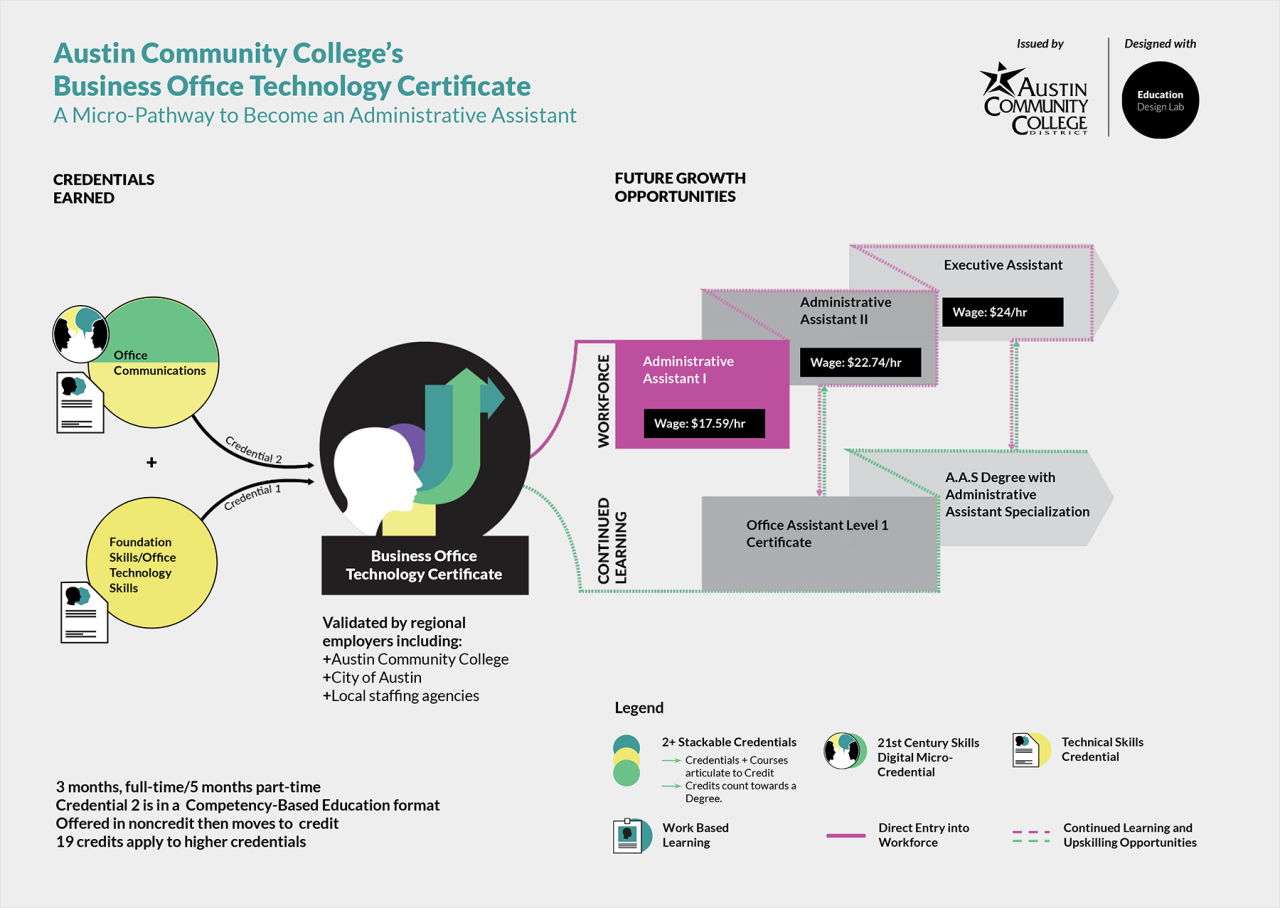Deputy Chief Technology Officer: Leading Tech Innovation
Deputy Chief Technology Officer, a pivotal role in shaping the technological landscape of organizations, is responsible for ensuring seamless integration of cutting-edge solutions while driving innovation and strategic growth. This […]

Deputy Chief Technology Officer, a pivotal role in shaping the technological landscape of organizations, is responsible for ensuring seamless integration of cutting-edge solutions while driving innovation and strategic growth.
This position demands a unique blend of technical expertise, strategic vision, and leadership skills. A Deputy CTO acts as a bridge between the technical world and the business objectives, translating complex technological concepts into actionable plans and driving technology adoption that aligns with organizational goals.
Strategic Responsibilities: Deputy Chief Technology Officer
The Deputy CTO plays a crucial role in shaping and executing technology strategy, ensuring alignment with the overall business objectives. Their responsibilities extend beyond technical expertise to encompass strategic thinking, leadership, and collaboration.
Impact on Technology Adoption and Innovation
A Deputy CTO’s decisions significantly influence technology adoption and innovation within an organization. Their insights drive strategic choices, ensuring the selection and implementation of technologies that align with business goals and market trends.
For instance, a Deputy CTO might advocate for adopting cloud computing solutions to enhance scalability, agility, and cost-effectiveness. This decision could be based on factors like the organization’s growth trajectory, competitive landscape, and the potential benefits of cloud migration.
Similarly, a Deputy CTO could champion the adoption of artificial intelligence (AI) to automate processes, improve decision-making, and enhance customer experiences. This decision would be driven by the potential impact of AI on business operations, the availability of data and talent, and the alignment with the organization’s strategic objectives.
“A Deputy CTO’s strategic thinking and decision-making directly influence the adoption of cutting-edge technologies, fostering innovation and driving business growth.”
Technology Management
A Deputy CTO plays a critical role in managing the technology infrastructure and resources of an organization. They work closely with the CTO to ensure the smooth operation, security, and reliability of all technology systems.
Ensuring Security and Reliability
A Deputy CTO is responsible for implementing and maintaining robust security measures to protect sensitive data and systems from cyber threats. They are also responsible for ensuring the reliability of technology systems, minimizing downtime and ensuring optimal performance.
- Regular security audits and vulnerability assessments: These assessments help identify and address potential security weaknesses in the organization’s technology infrastructure. This includes regular penetration testing to simulate real-world attacks and identify vulnerabilities that attackers could exploit.
- Implementation of strong access controls: Limiting access to sensitive data and systems based on user roles and responsibilities is crucial for preventing unauthorized access and data breaches.
- Data encryption: Encrypting sensitive data at rest and in transit helps protect it from unauthorized access even if the system is compromised.
- Disaster recovery and business continuity planning: These plans ensure that the organization can quickly recover from a disaster or system failure, minimizing downtime and data loss.
- Regular system monitoring and maintenance: This includes proactive monitoring of system performance, identifying and resolving potential issues before they impact operations, and ensuring regular software updates and patches to address security vulnerabilities.
Overseeing Technology Budgets and Resource Allocation
A Deputy CTO is responsible for managing the technology budget, ensuring efficient allocation of resources, and maximizing return on investment.
- Developing and managing the technology budget: This includes allocating funds for hardware, software, infrastructure, and technology staff, and ensuring that these funds are used effectively and efficiently.
- Prioritizing technology investments: The Deputy CTO needs to align technology investments with the organization’s strategic goals and priorities, ensuring that resources are allocated to projects that deliver the most value.
- Evaluating and selecting technology solutions: This includes conducting cost-benefit analyses, considering the long-term implications of technology choices, and ensuring that solutions are aligned with the organization’s needs and goals.
- Monitoring technology performance and identifying areas for improvement: This includes tracking key performance indicators (KPIs) related to technology efficiency and effectiveness, identifying areas where costs can be reduced or resources can be reallocated, and implementing improvements to optimize the use of technology resources.
Communication and Collaboration
The Deputy CTO plays a crucial role in facilitating effective communication and collaboration within the organization. This involves engaging with stakeholders at all levels, fostering partnerships with other departments, and building strong relationships with technology vendors and partners.
Communicating Effectively with Stakeholders
Effective communication is essential for a Deputy CTO to succeed. They must be able to communicate technical information clearly and concisely to both technical and non-technical audiences. This involves tailoring their message to the specific audience and using language that is easily understood.
- Regular Updates and Feedback: The Deputy CTO provides regular updates to stakeholders on the progress of technology initiatives, ensuring transparency and accountability. They also actively solicit feedback from stakeholders to understand their needs and concerns.
- Open and Transparent Communication: The Deputy CTO fosters a culture of open and transparent communication within the technology department. They encourage team members to share their ideas and concerns, promoting a collaborative and inclusive environment.
- Active Listening: The Deputy CTO is a skilled listener, paying close attention to the concerns and perspectives of stakeholders. They actively seek to understand the needs and priorities of various departments, ensuring that technology initiatives align with the organization’s overall goals.
Collaboration with Other Departments
The Deputy CTO must work closely with other departments to ensure that technology solutions meet the needs of the entire organization. This involves understanding the business goals and challenges of each department and identifying opportunities for technology to support their efforts.
- Cross-Functional Teams: The Deputy CTO actively participates in cross-functional teams, bringing their technical expertise to the table and collaborating with colleagues from other departments to develop innovative solutions.
- Strategic Alignment: The Deputy CTO ensures that technology initiatives are aligned with the organization’s strategic goals. They work closely with senior management to identify key areas where technology can drive growth and efficiency.
- Problem-Solving: The Deputy CTO acts as a facilitator, bringing together individuals from different departments to address complex technical challenges and find innovative solutions.
Building Relationships with Technology Vendors and Partners
The Deputy CTO plays a critical role in building and maintaining strong relationships with technology vendors and partners. This involves understanding the capabilities of different vendors, evaluating their offerings, and negotiating favorable terms for the organization.
- Vendor Selection: The Deputy CTO leads the process of selecting technology vendors, ensuring that they meet the organization’s technical and business requirements. They conduct thorough due diligence and negotiate contracts that are favorable to the organization.
- Partnership Development: The Deputy CTO cultivates strong partnerships with technology vendors, working closely with them to ensure successful implementation and ongoing support. They build relationships based on trust, transparency, and mutual benefit.
- Knowledge Sharing: The Deputy CTO facilitates knowledge sharing between the organization and technology vendors, fostering a collaborative environment where both parties can learn from each other. This helps to ensure that the organization is utilizing the latest technologies and best practices.
Industry Trends and Best Practices

The role of the Deputy CTO is constantly evolving, driven by rapid advancements in technology and the increasing reliance of businesses on digital solutions. To effectively navigate this dynamic landscape, Deputy CTOs need to stay abreast of emerging trends and adopt best practices that foster innovation, efficiency, and security.
Current Trends Shaping the Role of a Deputy CTO
The role of a Deputy CTO is being shaped by several key trends.
- Cloud Computing: The adoption of cloud services has accelerated, shifting the focus from managing on-premises infrastructure to optimizing cloud deployments. This requires Deputy CTOs to have expertise in cloud architecture, security, and cost management.
- Artificial Intelligence (AI) and Machine Learning (ML): AI and ML are transforming industries, creating new opportunities and challenges. Deputy CTOs must understand the potential of these technologies and develop strategies for their implementation, ensuring ethical considerations and responsible use.
- Data Analytics and Big Data: The volume of data generated by businesses is growing exponentially, creating a need for robust data management and analytics capabilities. Deputy CTOs play a crucial role in establishing data governance frameworks, ensuring data quality, and leveraging data insights for strategic decision-making.
- Cybersecurity: As cyber threats become increasingly sophisticated, cybersecurity is a top priority for organizations. Deputy CTOs must be adept at implementing security measures, managing risk, and responding to incidents effectively.
- DevOps and Agile Development: DevOps and Agile methodologies are transforming software development processes, emphasizing collaboration, automation, and continuous improvement. Deputy CTOs need to promote these practices to enhance efficiency and accelerate software delivery.
Best Practices for Effective Technology Leadership, Deputy chief technology officer
Effective technology leadership requires a blend of technical expertise, strategic vision, and strong communication skills. Here are some best practices for Deputy CTOs to foster a thriving technology environment:
- Stay Informed: Continuously learn about emerging technologies, industry trends, and best practices to remain at the forefront of innovation.
- Foster Collaboration: Encourage cross-functional collaboration between technology teams and other departments to ensure alignment with business objectives.
- Develop a Technology Roadmap: Create a comprehensive technology roadmap that Artikels strategic goals, key initiatives, and expected outcomes. This roadmap should be regularly reviewed and updated to reflect changing business needs and technology advancements.
- Prioritize Security: Implement robust security measures to protect sensitive data, systems, and infrastructure from cyber threats. Regularly assess vulnerabilities and update security protocols to mitigate risks.
- Promote Innovation: Encourage experimentation and exploration of new technologies to identify opportunities for improvement and competitive advantage.
- Cultivate a Culture of Excellence: Create a work environment that values continuous learning, innovation, and collaboration. Foster a sense of ownership and accountability among team members.
Technology Management Approaches
Organizations adopt various approaches to managing technology, each with its strengths and weaknesses.
- Centralized Model: In this model, technology decisions and resources are centralized under a single authority, typically the CIO or CTO. This approach provides strong control and consistency but can be slow and bureaucratic.
- Decentralized Model: This approach empowers business units to manage their own technology needs, promoting agility and responsiveness. However, it can lead to inconsistencies and duplication of effort.
- Hybrid Model: This model combines elements of centralized and decentralized approaches, balancing control and flexibility. It allows for strategic alignment while empowering business units to make decisions within defined parameters.
Ending Remarks
The role of a Deputy Chief Technology Officer is crucial in navigating the ever-evolving technology landscape. Their ability to anticipate future trends, manage complex technical systems, and foster a culture of innovation is paramount in ensuring an organization’s success in the digital age. As technology continues to reshape industries, the Deputy CTO will remain a key figure in driving growth and achieving strategic objectives.
A deputy chief technology officer often needs to be aware of emerging trends in the tech world. One area of interest could be cosense technology , which leverages artificial intelligence to analyze customer behavior and provide valuable insights. This knowledge can help the deputy CTO make informed decisions about technology investments and ensure their organization stays ahead of the curve.






